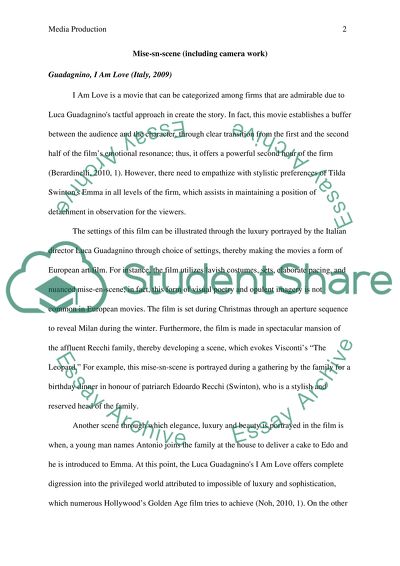Cite this document
(“Media production Essay Example | Topics and Well Written Essays - 2500 words”, n.d.)
Retrieved from https://studentshare.org/visual-arts-film-studies/1484436-media-production
Retrieved from https://studentshare.org/visual-arts-film-studies/1484436-media-production
(Media Production Essay Example | Topics and Well Written Essays - 2500 Words)
https://studentshare.org/visual-arts-film-studies/1484436-media-production.
https://studentshare.org/visual-arts-film-studies/1484436-media-production.
“Media Production Essay Example | Topics and Well Written Essays - 2500 Words”, n.d. https://studentshare.org/visual-arts-film-studies/1484436-media-production.


